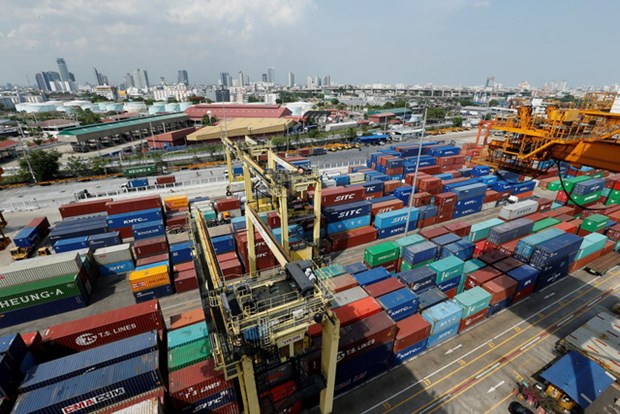ASEAN+3 region predicted to grow 6.7 percent this year
The ASEAN+3 Macroeconomic Research Office (AMRO) forecast the ASEAN+3 region will expand by 6.7 percent this year and 4.9 percent in 2022, after contracting marginally by 0.2 percent in 2020.

The ASEAN+3 Macroeconomic Research Office (AMRO) forecast the ASEAN+3 region will expand by 6.7 percent this year and 4.9 percent in 2022
The region is comprised of the 10 ASEAN member countries and China, Japan, and the Republic of Korea.
In its annual flagship report, the ASEAN+3 Regional Economic Outlook, released on March 31, AMRO said on a regional basis, aggregate Plus-3 growth in 2021 is estimated to rise to 7.2 percent, while the ASEAN subregion is anticipated to expand by 4.9 percent.
Myanmar is predicted to be the only nation to record economic contraction of 2.6 percent while China the fastest growth, 8.7 percent.
The report said the turnaround in manufacturing and exports, alongside supportive economic policies, are expected to drive expansion. The eventual widespread distribution of vaccines will further normalise economic activity and improve labour market conditions. The gradual return of travel and tourism will benefit most economies, especially Cambodia, Japan, Singapore, and Thailand.
The ASEAN+3 region, which is home to 30 percent of the world’s population, collectively accounts for only 3 percent of the total number of confirmed COVID-19 cases globally.
However, until herd immunity is achieved through widespread vaccinations, localised containment of the virus may continue to be necessary, according to AMRO.
The office added a silver lining in the pandemic cloud is that it has inadvertently become a springboard for digitalisation in the ASEAN+3 region. As users become ever more comfortable with new technologies, the “flight to digital” will be a key factor in strengthening supply chains and facilitating global trade.
Consequently, the region has a tremendous opportunity to upgrade and fortify its role in global value chains, and champion not only greater openness but also strengthen its competitiveness in the Fourth Industrial Revolution.
Full deployment of new technologies will require both hard and soft infrastructures to be in place, which calls for strong bilateral and multilateral cooperation, the report noted./.
VNA

